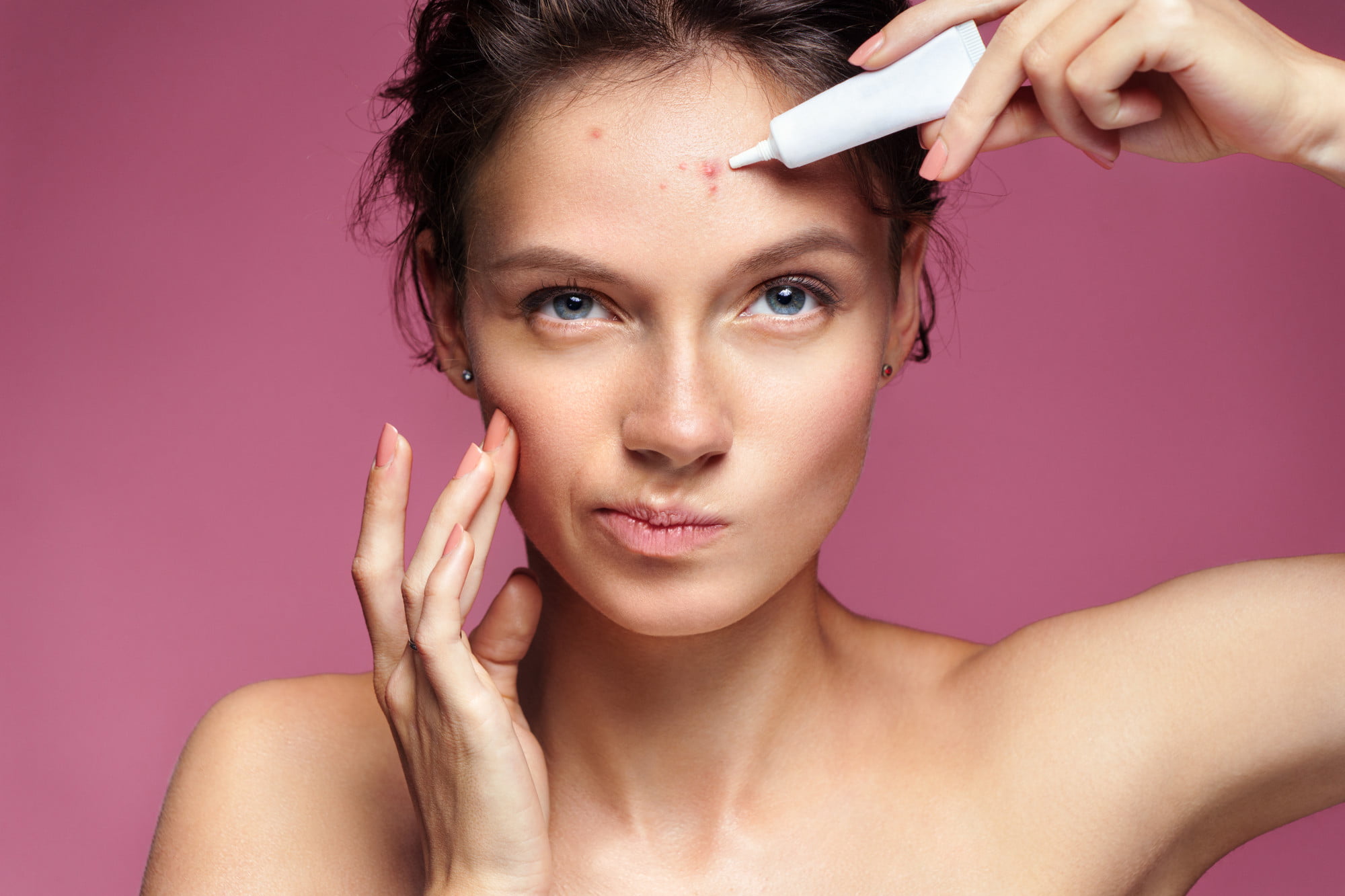Did you know that it’s good luck to have a zit on a big event day? At least, that’s what the old wives’ tale says.
And while that’s nice, it’s still frustrating to wake up with a new friend on your face. To know how to get rid of them and prevent them, you need to know the differences between blackheads vs. whiteheads.
We have the answer for you below.
Skin Blemishes: Where Do They Come From?
When looking in the mirror, you don’t want to see either of these blemish types dotting your skin. But for most people, they’re the reality of living in a world with air pollution, screen time, and the sweat that comes from daily exercise.
Even if you don’t have any environmental factors and have the best skin, you can still get blemishes.
Scientists don’t understand the link between acne and DNA, but it’s clear that bad skin can run in families. If you’re someone with a female reproductive system, you’ll be affected by hormonal spikes and flows throughout the month.
Zits and blackheads are just a part of life, so don’t give yourself too much hate over having them. Now that we’ve got that out of the way, let’s answer the question, what are blackheads vs. whiteheads?
Blackheads vs. Whiteheads: The Difference
There are a few differences between these two types of clogged pores. Both involve organic material building up in your pores, but they look and feel different.
What’s a Blackhead?
A blackhead is a pore that was once open (we’ll talk about reducing pores later) that got dirt, sweat, or bacteria inside. Since the pore is open and not closed over, the material inside gets oxygenated and turns dark yellow, brown, or even black.
The black “head” you see is the oxygenated material sitting at the top of the clogged pore. If you pop or squeeze the blackhead, you’ll find the rest of the expression has a dark yellow or even white base. That’s your dead skin cells and other natural materials.
The longer the blackhead stays open on your skin, the darker the contents get. They can be anywhere from the size of a pinhead to the monstrosities you see on shows like Dr. Pimple Popper.
Old blackheads may start to push out of the skin, so they rise up a bit from the surface. If you have this type of blackhead, try using pore tweezers to remove it instead of a comedone extractor.
As always, make sure the skin is warm, clean, and ready if you’re going to do extractions yourself.
What is a Whitehead?
Whiteheads are clogged pores, just like blackheads are. The difference is that whiteheads are still contained under the skin’s surface and aren’t exposed to oxygen. That’s why they stay white instead of turning dark.
Whiteheads show the irritation of having something under your skin. It’s proof that your immune system is working, as it’s trying to push out whatever’s in that pore that doesn’t belong. The more pus/fluid there is, the more irritation you’re likely to have.
Some whiteheads are tiny and painless, but others hurt and pulse-like blisters. If you see a red ring around your whitehead, that means popping it will probably hurt, and it’s not a good idea.
Instead of popping whiteheads, go for pore stickers and hydrocolloid bandaids. These will help the blemish heal without you popping it.
Don’t Touch!
Popping zits or blackheads is never a good idea, no matter how oddly satisfying it is. When you push on them, you’re introducing the bacteria on your hands/tools into the skin.
This is especially dangerous if you’re popping a whitehead, which is essentially an open wound when popped. Once open, bacteria can get into the pore and get into your bloodstream, leading to infection or an even worse zit on the same spot!
However, abstinence isn’t a very successful policy, and we know that most people pop at least some of their zits. If you’re going to do it, you should know how to do so safely.
How to Safely Pop a Zit
The best time to pop a zit or to express blackheads is after a warm shower. Your pores naturally open up when the skin is warm, which will make the process easier.
Use a gentle exfoliant in the shower to ensure you have clean skin and that there’s no rough skin blocking the pores you want to clean.
Next, lightly pat your skin dry with a clean towel and wash your hands. Do the full 20 seconds we all learned during lockdown.
Then, take your two fingers and put them at the base of your whitehead. Instead of pushing in, pull your fingers away. If the zit is ready to pop, it will. Don’t give it more than two tries, or you risk making it worse.
If you plan to use a tool, make sure you rub it down with alcohol between uses and between zit pops. Never use a pore vacuum, as it’s too intense for your skin.
The best way to get rid of bad skin is to commit to a skincare routine created by a dermatologist and use zit stickers instead of popping zits.
Preventing Blackheads and Whiteheads
The best way to have clear skin is to wash your skin regularly and use a gentle moisturizer. Exfoliate with a gentle exfoliant once or twice a week, depending on your needs.
Change your pillowcases often and wash your hair twice or three times a week, especially if you have zits along your hairline.
If you’re worried about your blackheads vs. whiteheads on your skin, talk to a dermatologist for personalized recommendations.
For more health articles, follow our blog.









